The Chihuahuan Desert grasslands of northern Mexico and the southwestern United States are the principal wintering grounds for 90% of grassland bird species breeding in the western Great Plains of North America. Species such as Baird’s Sparrows, Chestnut-collared Longspurs and Sprague’s Pipits, which rely on this region during the winter, have declined by upwards of 80% since the 1960s. Results from Rocky Mountain Bird Observatory and cooperators’ research, published in February in the journal Biological Conservation, shed light as to why these birds are declining and emphasize that unless immediate action is taken, forecasts are dire.
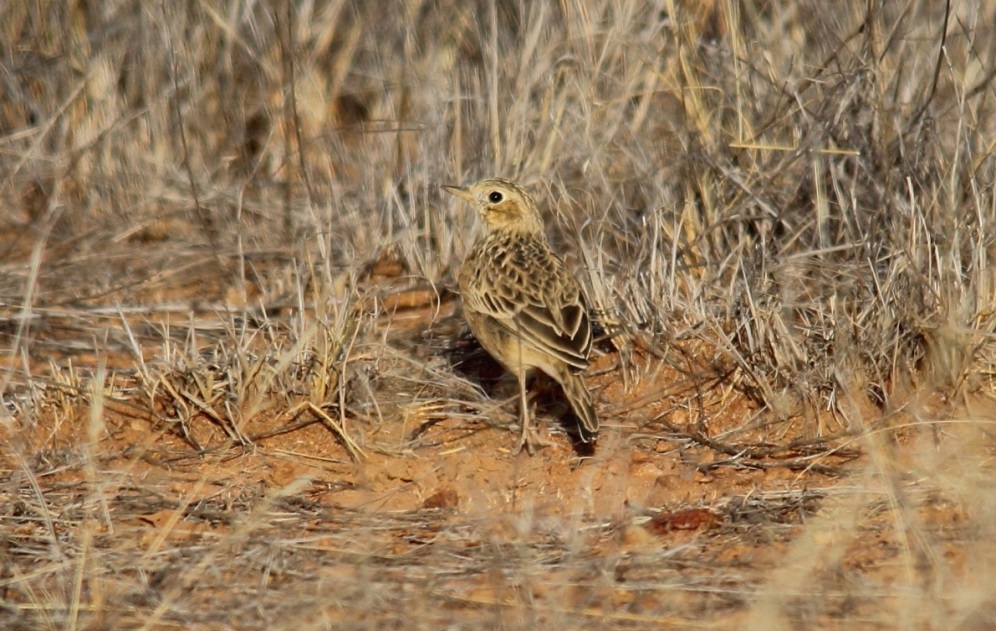
Using satellite imagery and on-the-ground observations, rates of habitat conversion to agriculture were quantified in the Valles Centrales region of Chihuahua over a five-year period. From 2006 to 2011, more than 69,000 hectares were converted to agriculture. Crop fields are expanding into grassland bird habitat at a rate of 6.04% annually. To put this into perspective, this equates to clearing land for a new 1-km diameter crop field every two days!
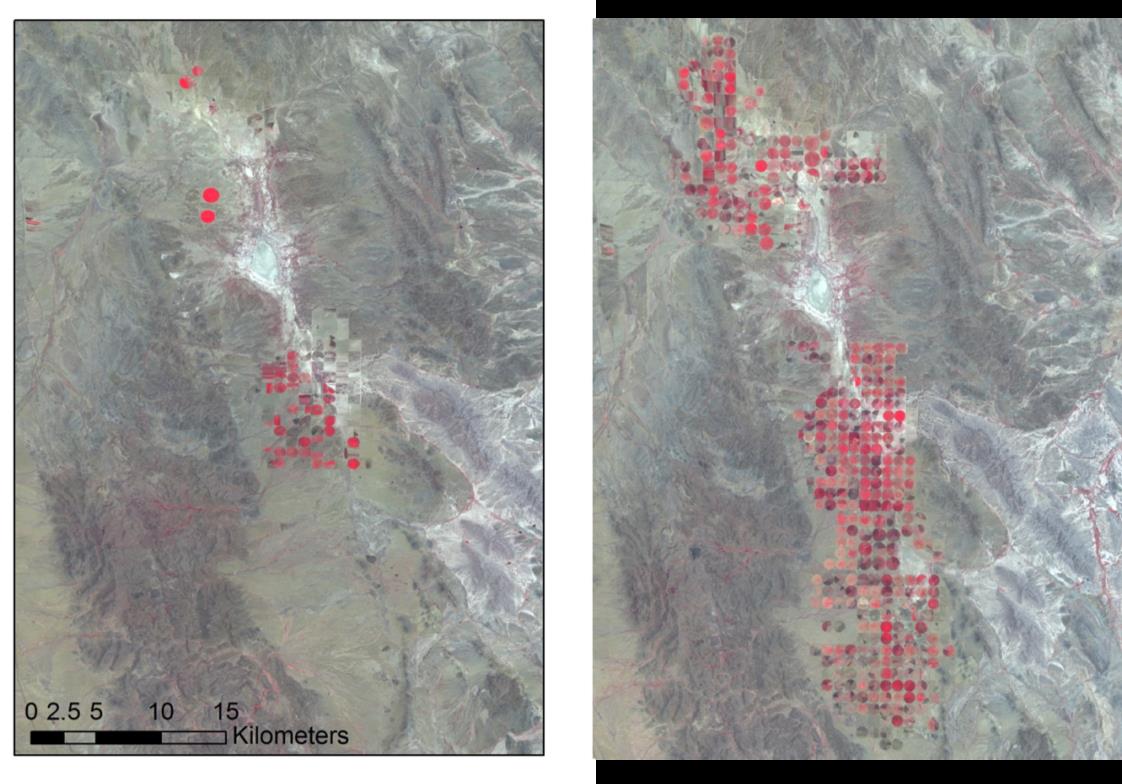
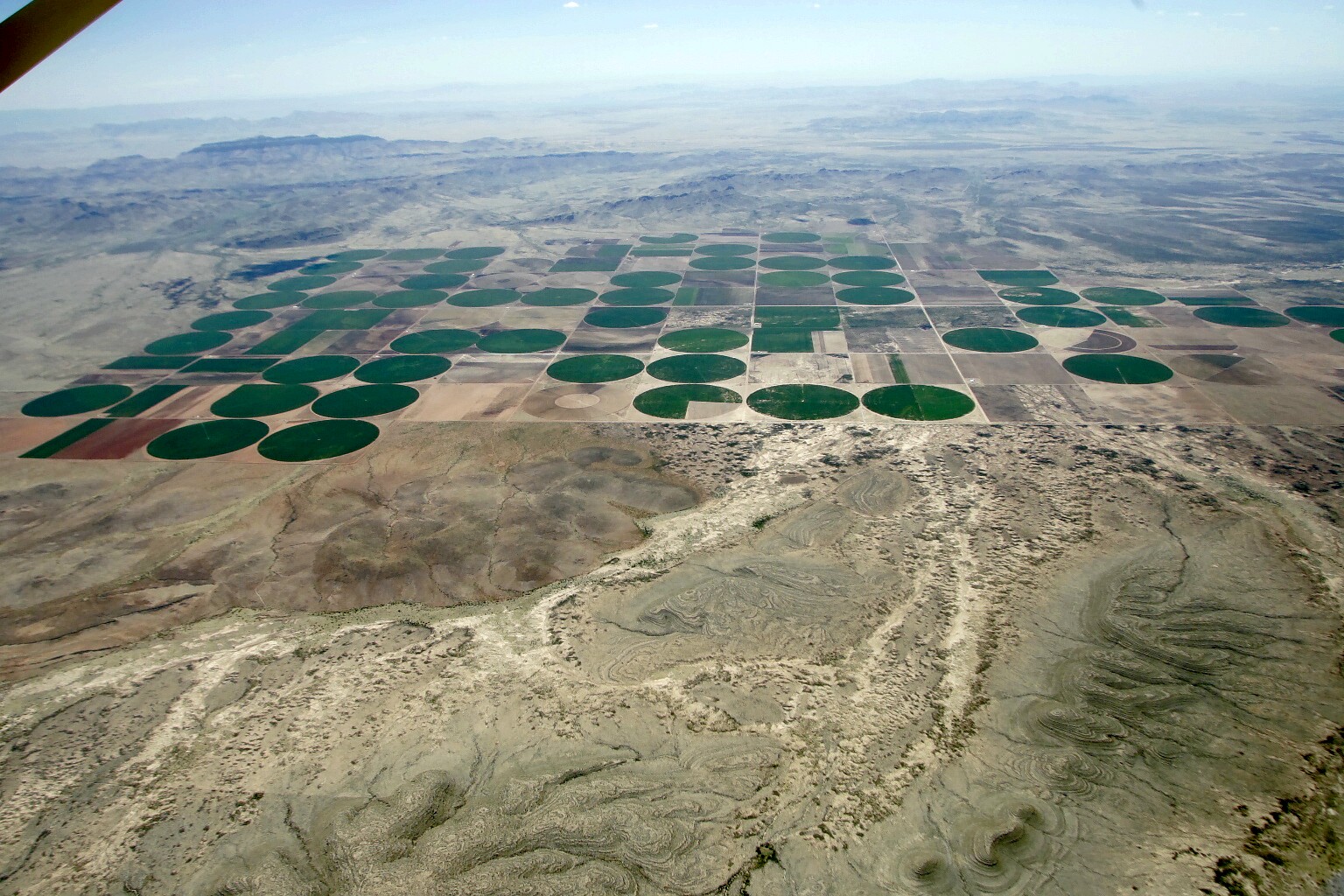
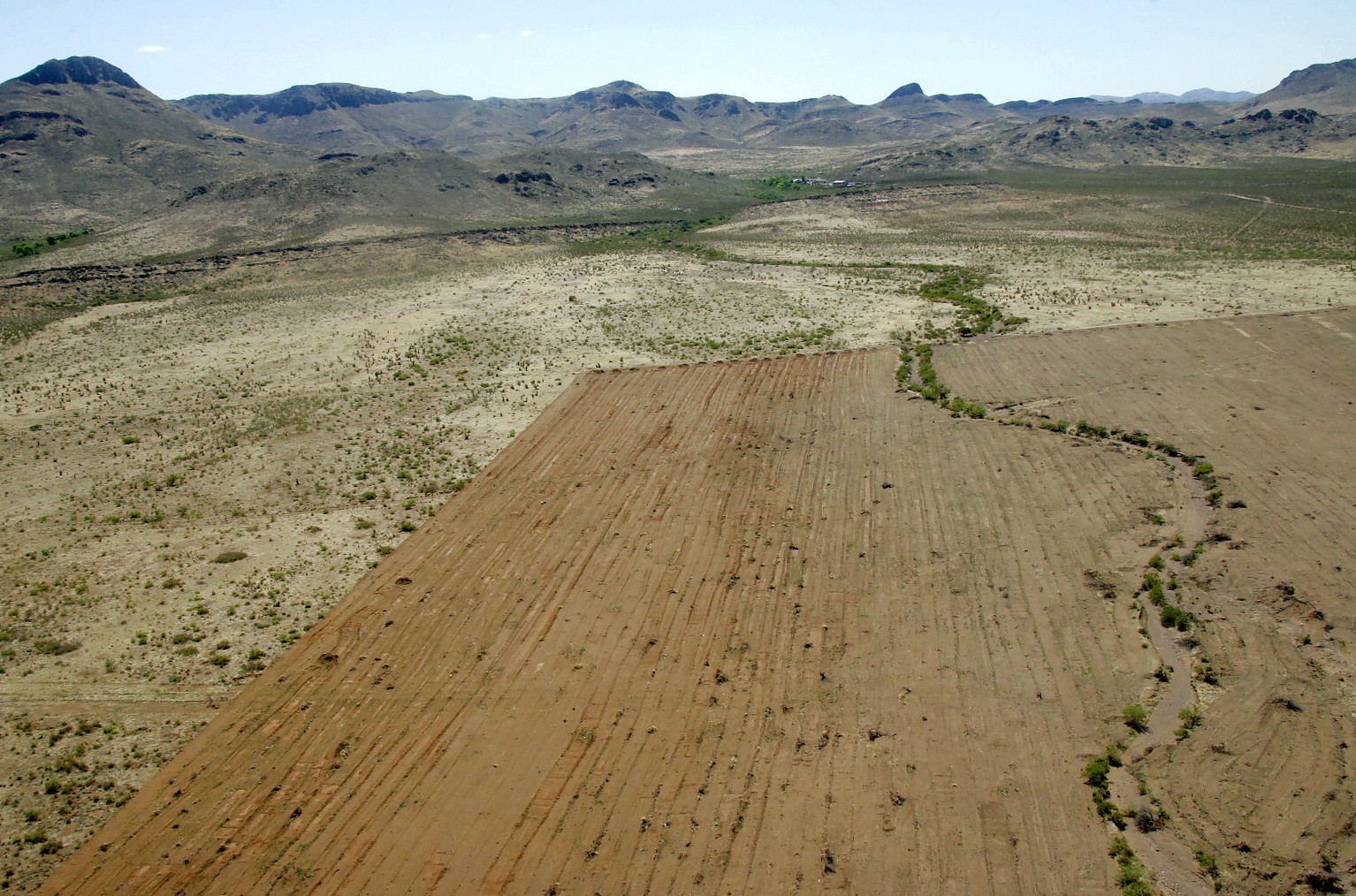
At the current rate, agricultural development could eliminate all remaining low-slope (< 2%) valley grasslands from the Valles Centrales region by 2025. Thus far, there appears to have been little regard or incentive for adhering to existing land-use policies, or enforcement thereof. According to record requests, less than 3% of the 69,240 ha cleared for agriculture in the Valles Centrales was permitted for land-use change by the Mexican federal agency SEMARNAT. It is estimated that this lack of enforcement has cost the Mexican government more than $43,000,000 USD between 2006 and 2011 – funds that would have been earmarked for restoration and maintenance of the ecosystems affected by the land-use change.
The study suggests that habitat conversion in this area alone has displaced up to 355,142 wintering migratory grassland birds, including roughly 1,400 Sprague’s Pipits, 6,800 Baird’s Sparrows and 133,000 Chestnut-collared Longspurs. Displaced birds may be forced into poor quality habitat or faced with greater competition in other viable habitats, increasing exposure to predators and lowering overwinter survival. And migratory birds aren’t the only organisms affected by this loss; these grasslands are home to the last-remaining endemic desert-dwelling Aplomado Falcons (Falco femoralis septentrionalis) and a highly threatened Mexican subspecies of pronghorn (Antilocapra americana mexicana).
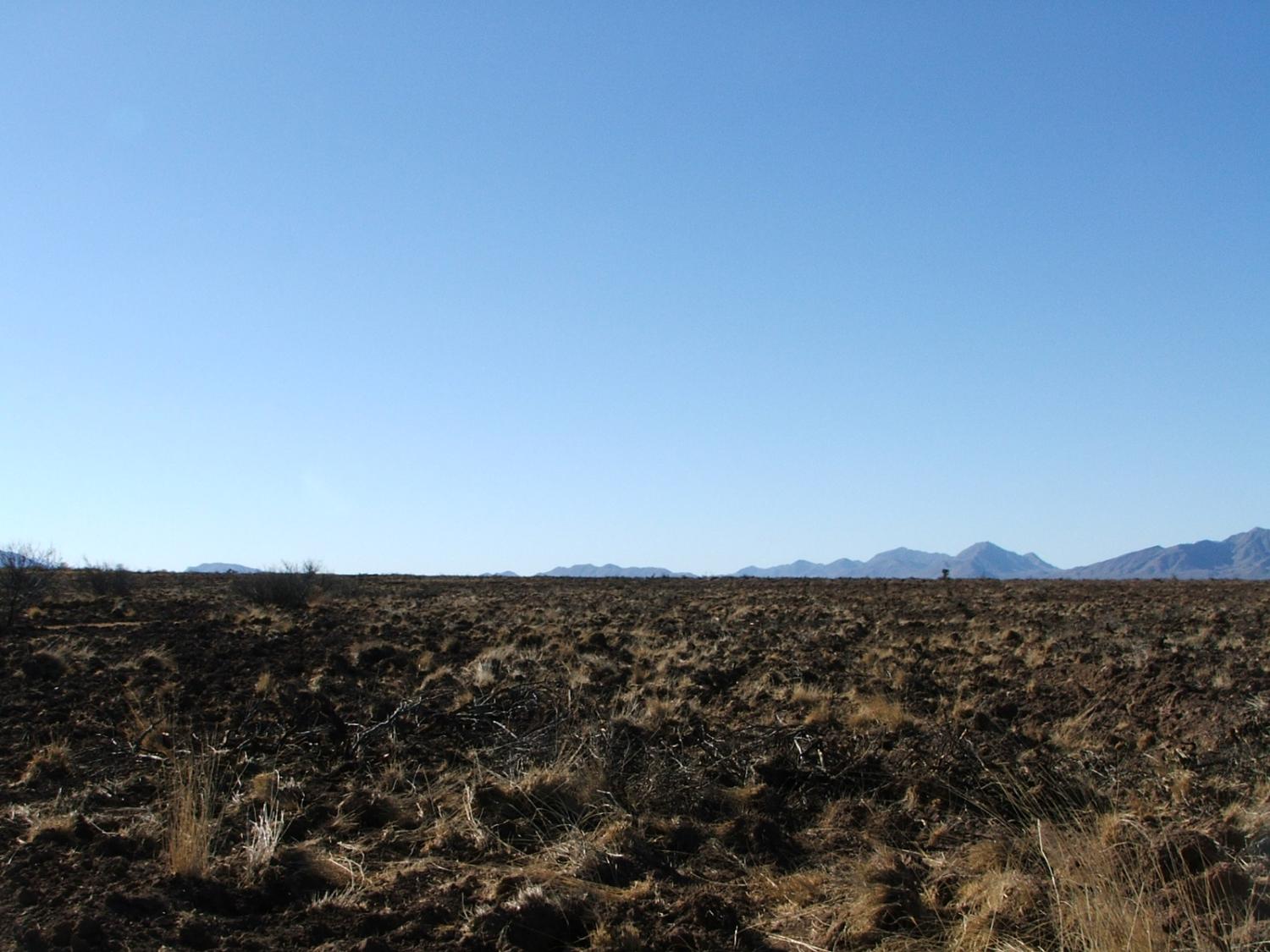
In a region already vulnerable to drought, agricultural conversion and shrub encroachment, this unrelenting and illegal rate of land conversion bodes poorly for grassland birds unless immediate action is taken. RMBO is focusing on outreach efforts with ranchers and farmers and designing collaborative solutions for grassland in the region. Unfortunately, the level of restoration and habitat enhancement necessary to compensate for the annual loss of grasslands will not be enough. Much of the hope for saving the Chihuahuan Desert grasslands lies in the creation and enforcement of policies and strategies that promote sustainable use of grasslands.
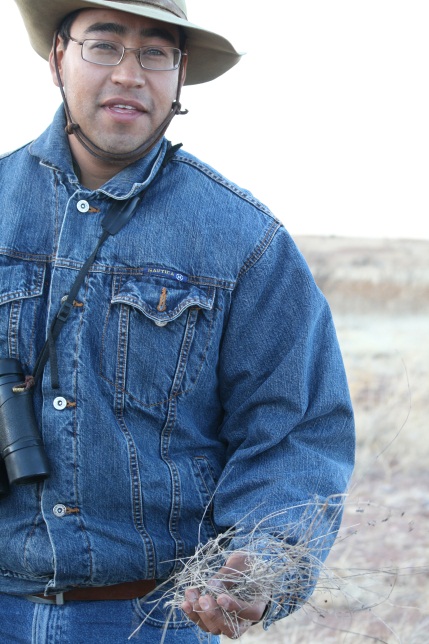
Read more about RMBO’s work in the Chihuahuan Desert grasslands.
Full research article: Pool, D. B., Panjabi, A. O., Macias-Duarte, A., & Solhjem, D. M. 2014. Rapid expansion of croplands in Chihuahua, Mexico threatens declining North American grassland bird species. Biological Conservation 170: 274-281. Access the article, or email arvind.panjabi@birdconservancy.org or duane.pool@birdconservancy.org.
~ Erin Strasser, Biologist







